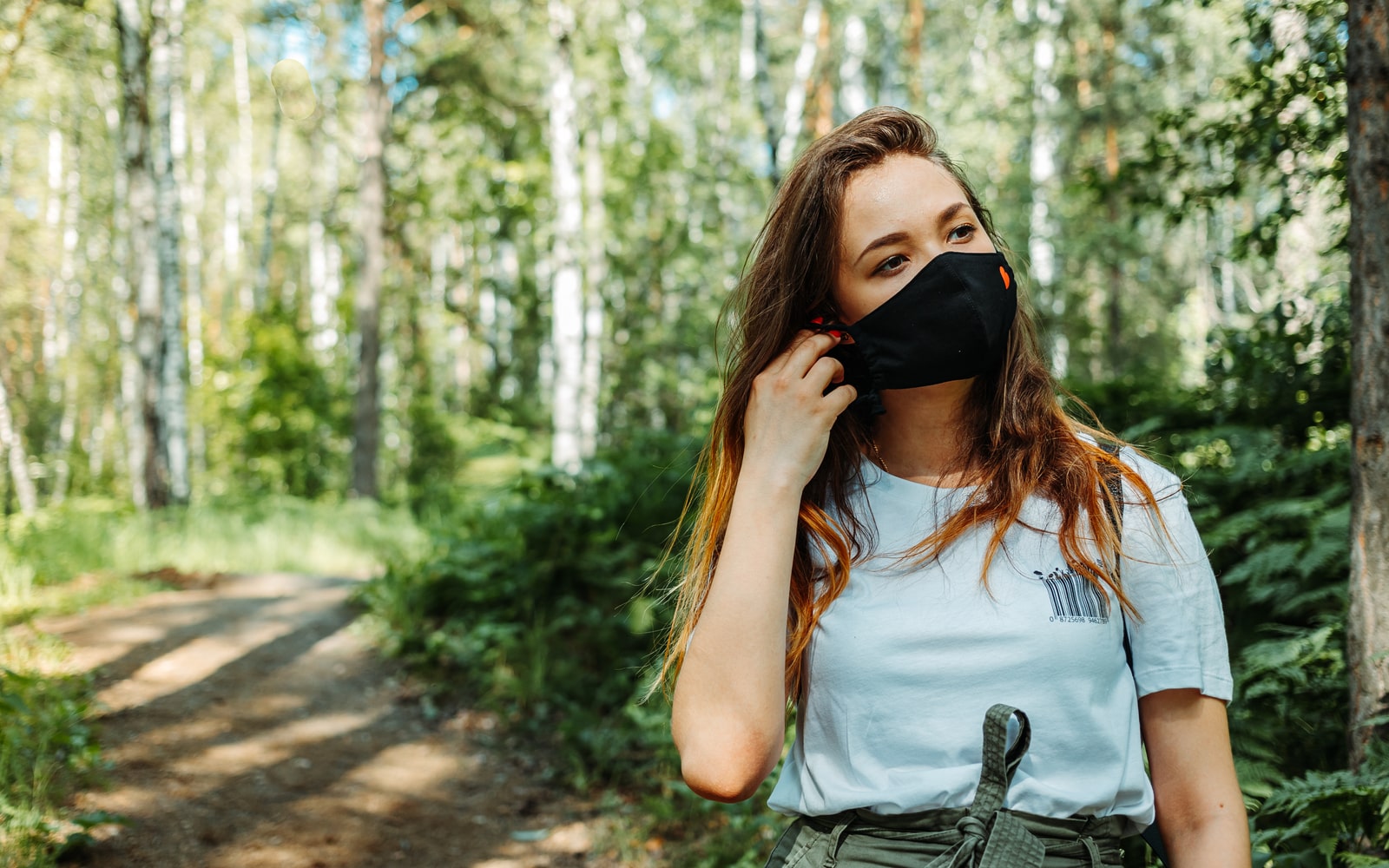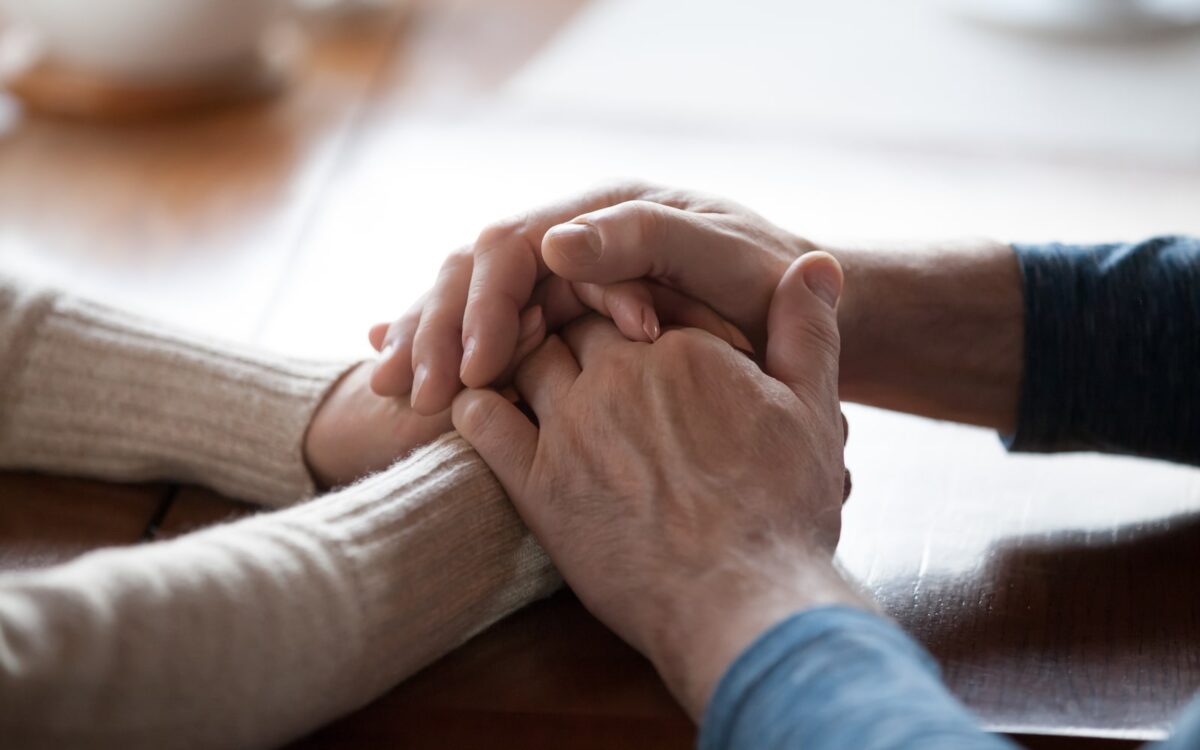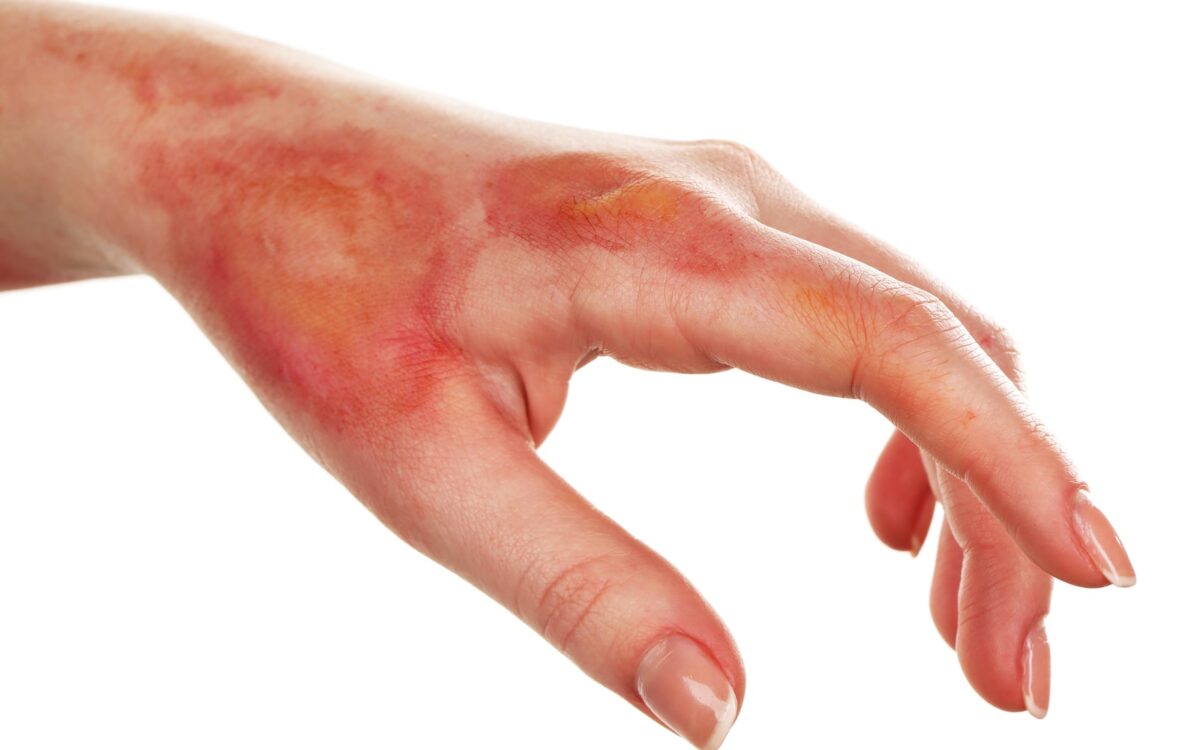We live in a beautiful area, and the autumn and winter seasons provide ample reason to get outside. Hiking is one of our area’s most popular activities, but it pays to take care to avoid injury while enjoying the great outdoors. Of all the things you can include in your First Aid kit to make these excursions safer, knowledge is the most important. That’s why we’ve provided this list of common hiking injuries and what to do about them. With a little care, you can avoid an unnecessary visit to urgent care.
Common Hiking Injuries And How To Avoid Them
- SUNBURN – There’s nothing like a stingy, itchy sunburn to remind you you should have worn sunscreen. Thankfully, that’s all it takes to avoid it! Just take care to apply sunscreen every few hours while you’re out. You may want to add an extra application if you decide to enjoy some time in a mountain spring. If you get burnt, and there’s no blistering, you’re usually safe just applying Aloe Vera to ease your itch. If blisters appear, see your doctor.
- BLISTERS – This one takes a little foresight to avoid. Blisters aren’t just caused by hiking over miles of trails. They’re the result of shoes and socks that fit poorly and rub against the skin of your feet. You may want to carry an additional pair of socks and an extra pair of boots in case yours get wet. Wet socks and shoes can make blisters more common. Athletic tape can help avoid a full blister if you start to feel tenderness. Just cover it with tape to prevent further friction. If you still get a blister, antibiotic cream and a band-aid will work. Don’t break the skin, however!
- BUG BITES – Most bug bites are relatively harmless, but they can be annoying and uncomfortable. Treat bugs in a manner similar to the sun. Cover up as much as you can, and apply bug spray liberally and often.
- MUSCLE CRAMPS – Cramping is a risk that hikers face, especially when they don’t take care of themselves. This experience is usually the result of failing to hydrate properly. You may also want to enjoy a banana or two before you leave, as potassium can also lead to cramping. Gentle stretching can help ease a cramp, as can an application of cold and warmth to help the muscle relax.
- TWISTED ANKLE – Hiking can take you into uncharted territory. While often beautiful, these areas weren’t designed to be convenient for humans. Rocks, slippery surfaces, or unseen obstacles can lead to a slip resulting in a twisted ankle. Sometimes you’ll be able to gently stretch and “walk-off” the twist. You can avoid this by wearing supportive high-ankle boots.
Ask Your Physician For Further Tips
Your physician has seen their fair share of injuries from outdoor fun. Speaking to them is going to provide you with an abundance of stories and methods for avoiding misadventure. Don’t let these beautiful days ahead turn into tragedy. Get advice on staying safe, plan ahead, and make sure to know your limits!




